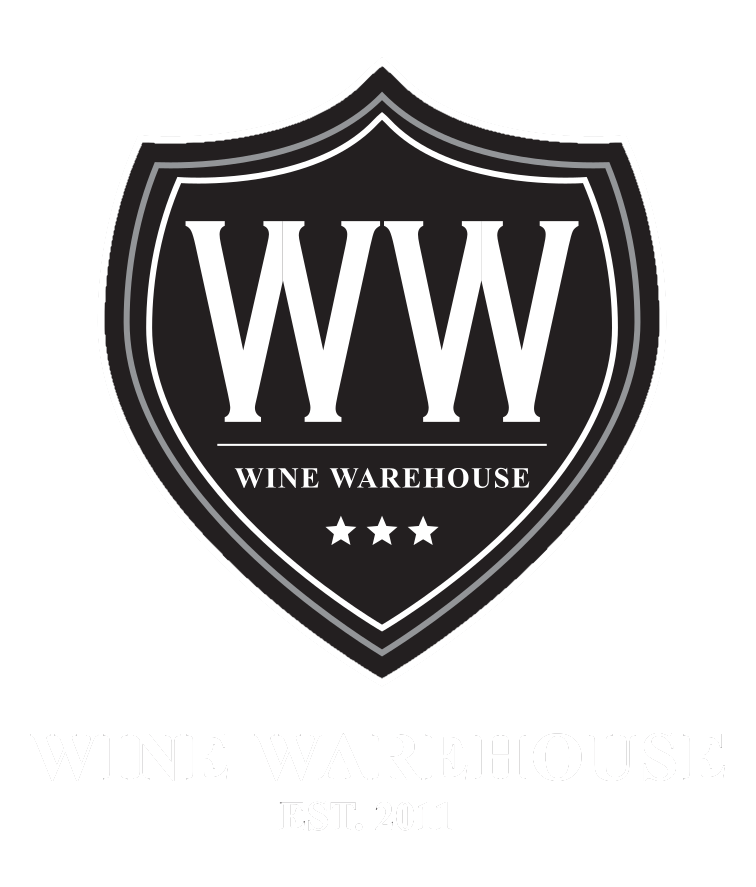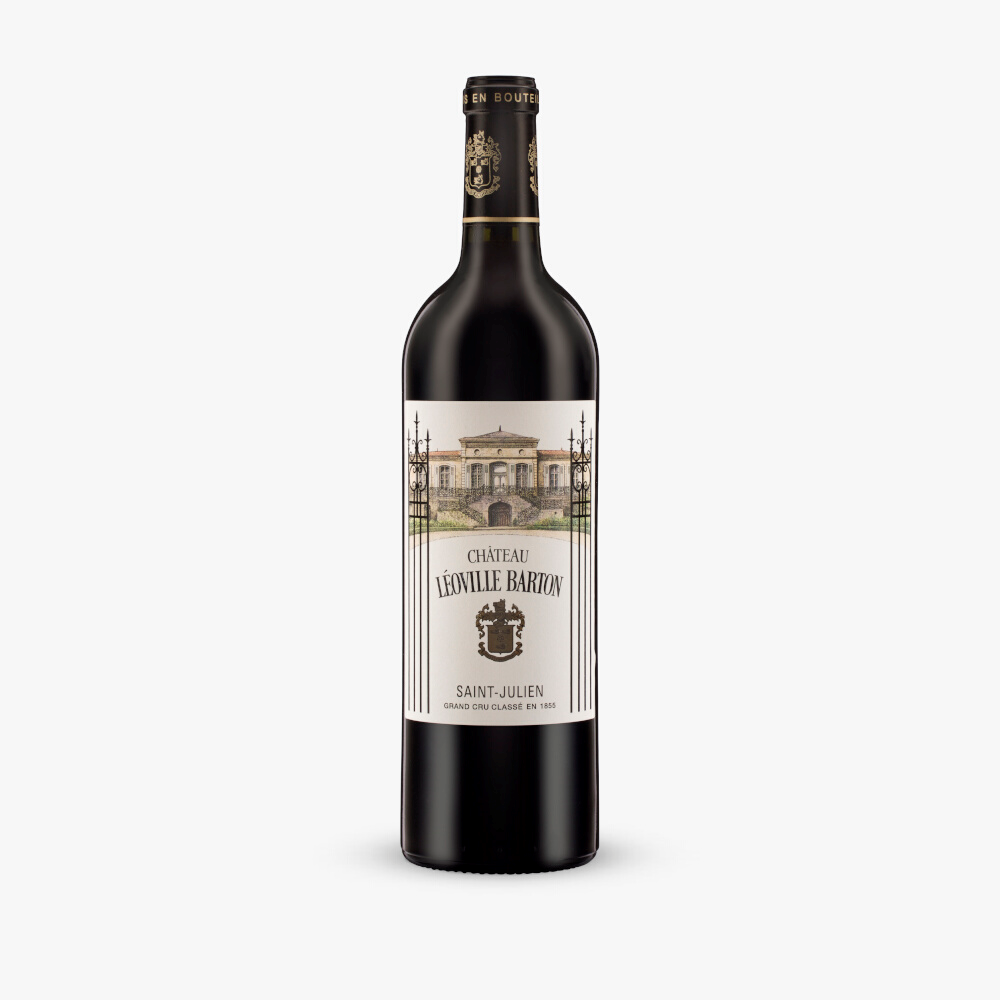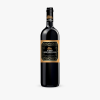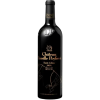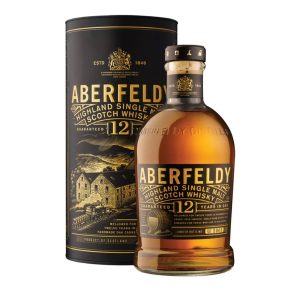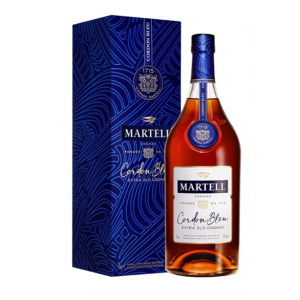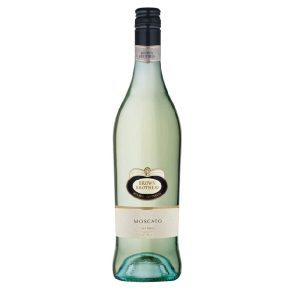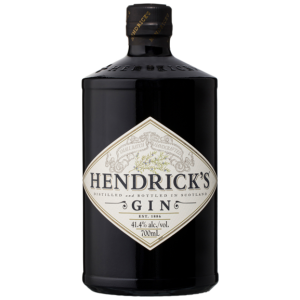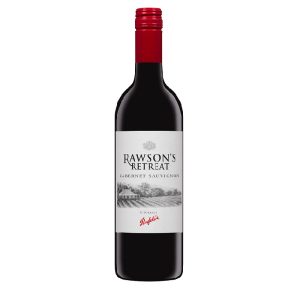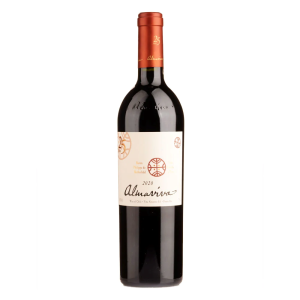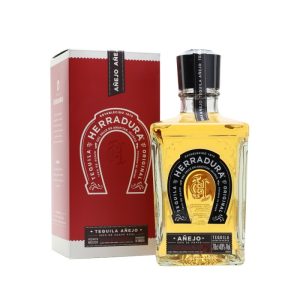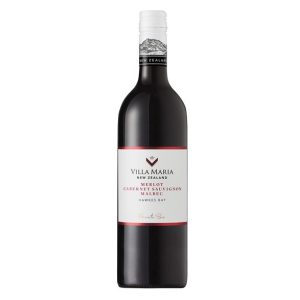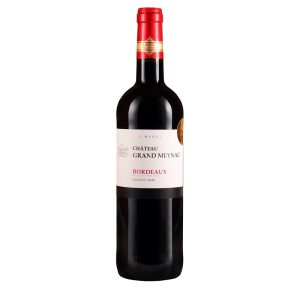History
The château which became the property of Château Léoville-Barton was built in 1758 by Monsieur de Pontet with the particularity of having under the private apartments, ageing cellars in the form of a vaulted crypt where everything is silence and serenity. After the French Revolution, benefiting from the abolition of the right of bargain in France, Hugh Barton, an Irish wine merchant, fulfilled his dream of becoming a landowner by buying vines in the Médoc. In 1821, Pierre-Bernard de Pontet sold the “Langoa” property to Hugh Barton, who renamed it “Château Langoa Barton”. Long before the famous 1855 classification of classified growths, it was the architecture, the elegant facade and the harmony of the proportions of the building that seduced Hugh.
Then 4 years later, in 1826, Hugh bought a quarter of the old Léoville estate. The breakup of this property was due as much to the French Revolution as to a complex succession. In purchasing what would become Léoville Barton, Hugh acquired only vineyards. He had no need for wine-making facilities, as he already owned those of Langoa. Many generations of Bartons succeeded one another at the head of the property. However, it is Anthony Barton who is credited with raising the reputation of Chateau Léoville Barton to its current international level. The Barton story continues to be written with his daughter, Lilian, and her two children, representing the 10th generation.
Terroir & Vinification
Firstly, the terroir of Léoville Barton is located on one of the most beautiful gravelly hillsides of the Garonne, facing the Gironde. The property is therefore in the heart of the Saint Julien appellation, in the Médoc. Moreover, the 50 hectares of Château Léoville Barton, planted in a gravel soil on a clay subsoil, include a high proportion of old vines in order to obtain the best possible quality. The grape variety breakdown is Cabernet Sauvignon, Merlot and Cabernet Franc. These are the traditional grape varieties of the Médoc.
